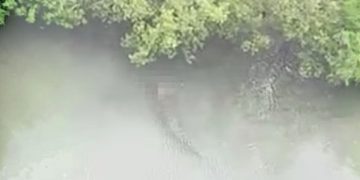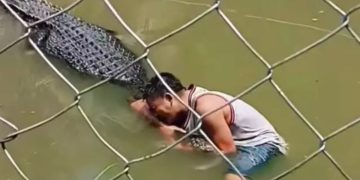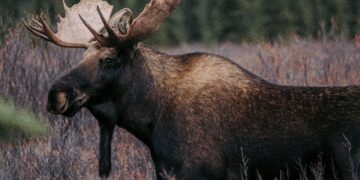Permafrost acts as a foundation in Alaska. The frozen layer is an essential element of the ecosystem. A new study has found that the layer of permafrost is much thinner than we thought.
Traditionally, scientistis believed that permafrost along the coast extended well below lagoon waters. New research, published in Science Advances , discovered that isn’t the case.
If permafrost is thinner than thought in lagoons, it could be in other areas too.

The loss of permafrost in the Arctic affects many things . The ice provides structure to the ground.
Without it, the ground will slump inward. Forest ecosystems could collapse. And disappearing permafrost releases greenhouse emissions.
A lot of carbon is stored in permafrost.

Right now, permafrost holds a lot of organic matter . The organic matter is frozen so all of its carbon is trapped in the ice.
If the ice begins to thaw, the organic material can decay. This decomposition releases that stored carbon into the atmosphere.
If the permafrost is thinner than we thought, it might melt faster.

Thin layers of ice will melt faster than thicker layers. You can test this at home.
Compare how fast a thick ice cube takes to melt compared to a thin one.
The effects of permafrost thawing are still not fully understood.

We don’t know how exactly how much CO2 and methane the thaw will release. Nor do we know which places could release more greenhouse gases.
Little is also understood about how erosion will interact with the thawed ground. Will the ground be swept into rivers and lakes? The warmer temperatures will encourage more plant growth. Some of this will offset the carbon released, but we don’t know by how much.
But we do know, more research is needed!
h/t: Gizmodo
















































